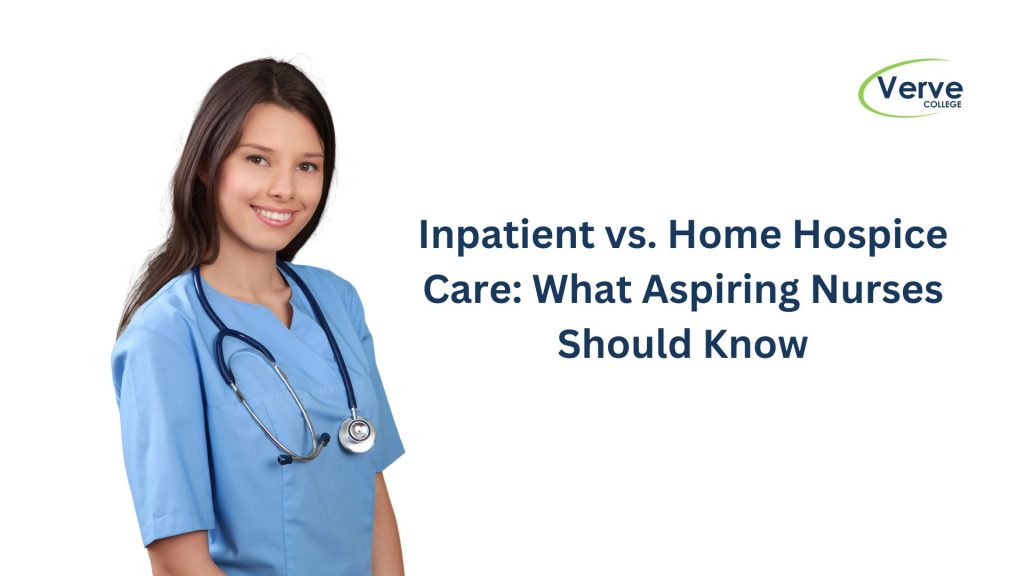- Oak Brook:(630) 705-9999
- Chicago:(312) 920-8822
- Email:inquiry@vervecollege.edu
- Make a Payment
- Home
- Programs
- Admission
- Resources
- ATI Entrance Exam Resources
- New E-Digital Library
- Refer a Friend
- School Newsletter
- Events
- Employers
- Job-Network
- Alpha Beta Kappa Candidates
- Verve College Library
- Graduation and Pinning Ceremony Photo Galleries
- Textbook Information
- Career Services
- Tutoring
- School Catalog
- FAQ
- Constitution Day Program
- Alumni
- Verve College Plans
- Financial Aid
- HEERF Reporting
- Satisfactory Academic Progress
- Apply For Financial Aid
- Net Price Calculator
- Return of Title IV Funds (R2T4)
- Financial Aid Office Code of Conduct
- Contact
- FAQs
- Verification Policy
- Vaccination Policy
- Student Right-to-Know Act
- Misrepresentation
- Information Security Program
- Academic Award Year
- Availability of Employee
- Cost of Attendance
- Health & Safety Exemption Requirement
- Students Rights and Responsibilities
- Leave of Absence
- Pell Formula
- Military Students
- Grants/ Scholarship Policy
- Contact Us
- Testimonials
- Blog
Is a Nursing Career Right For You?
Take The Free Quiz
Inpatient As Opposed To Home Hospice Care: What Nursing Students Should Know
Inpatient As Opposed To Home Hospice Care: What Nursing Students Should Know
For nurses who are aspiring, knowing the options for inpatient hospice vs home hospice care is crucial in assisting families and patients in the last stages of life. Hospice care can provide peace and dignity to those who are suffering from terminal illness, and it is available in the form of inpatient as well as in-home care for hospice patients. Each type of care has distinct characteristics and needs, and understanding the distinctions can be useful for those planning to become a licensed practical nurse and taking the anatomy and physiology training course near me or enroll in a practical nursing course near me. What should nursing aspirants be aware of about these two kinds of hospice care?
POINTS TO REMEMBER :
1. Understanding Inpatient Hospice Care
Hospice care for inpatients is provided in a place that is a hospital or a hospice center that is designed to help patients who require urgent medical attention. These centers provide 24-hour treatment, and the help of a group of healthcare professionals — including nurses, doctors and support personnel available to observe patients and manage the symptoms that are not manageable at home.
Pros of Hospice Care in Inpatient Care:
- Access to Medical Health Care: Patients have access to ongoing monitoring and prompt medical attention. This is vital for those suffering from extreme symptoms or unpredictability in medical issues.
- Specialized Facilities The hospices inpatient are designed so as to provide an ambiance of peace and comfort that meets the needs of the patients and their families.
- Assistance for Caregivers Families are free of the emotional and physical burden of caring for their loved ones which allows them to concentrate on enjoying time with their loved ones.
Cons of Hospice Care in Inpatient Care:
- A Less Familiar Environment In contrast to home hospice the patients are not able to spend their last days in a familiar location, which may be a problem for certain.
- High Cost Hospitalization can prove to be much more costly than home hospice, even though insurance might cover a part or all the costs.
2. Home Hospice Care: Comfort in Familiarity
Hospice care at home provides hospice care at the patient’s home. This is a choice for patients who want to be in familiar surroundings, and be surrounded by family and close friends. Home hospice is usually provided by a caregiver or nurse who visits regularly, providing medical assistance as well as helping family members to care for the patient.
The pros of home hospice care:
- Familiar environment: Patients can remain at home, and often provide an atmosphere of peace and security emotionally.
- Greater Family Participation: Families are actively involved in the treatment of the patient and care, which allows for greater personal interactions and attention to detail.
- Low Cost Home hospice is less dependent on medical treatment, it’s typically cheaper, which makes it affordable to many families.
The cons of home hospice care:
- limited medical assistance: Contrary to care inpatient the home hospice program relies on regular visits from medical professionals. These visits might not be enough if patients’ symptoms become more serious.
- More burden on caregivers: Family caregivers or members of the family are typically in charge of day-to-day care which can be physically and emotionally demanding if they don’t have the right assistance.
3. Function of LPNs as Licensed Practical Nurses (LPNs) in Hospice Care
For those who want a way to get a license as a practical nurse, hospice care is an environment in which LPNs have a major impact. LPNs working in hospice facilities can provide basic assistance, like administering medication and aiding with daily activities, and observing vital indicators. For those who are aspiring LPNs learning the distinction between home and inpatient hospice can help them prepare for a variety of duties in hospice. Practical nursing programs near me usually focus on holistic care as well as pain management and the communication of death, which is essential in a hospice setting.
4. The importance of anatomy and physiology in Hospice Nursing
A thorough knowledge of anatomy and physiology (A&P) is essential for nurses working in hospice, who are required to monitor and respond to the physical symptoms. Understanding of A&P learned in classes such as one A&P classes or an anatomy and physiology courses near me allows nurses to detect potential complications and manage pain effectively and provide comprehensive treatment. In particular, knowing the signs of respiratory distress organ failing or alterations to cognitive functions is essential for end-of-life care.
5. The Right Path to Take in Hospice Care
For nurses who are aspiring to enter the practical nursing school near me, knowing about hospice options is essential for providing compassionate, customized assistance. In deciding between inpatient or home hospice patients and their families must take into consideration factors like the amount of medical treatment required, the patient’s ease at home as opposed to a hospital setting as well as the capacity of the family to offer support. Nurses are crucial in helping families make this decision by explaining the benefits of each option as well as drawbacks.
Discover Our Nursing Programs—Contact Us for More Information!
Conclusion
Inpatient as well as home hospice provide an array of options for patients who are at the end of their lives and have distinct advantages based on your individual requirements and needs. For those who are in LPN nursing courses or seeking nursing degrees knowing the options available is vital for providing patient-centered, compassionate treatment. With a deep understanding of the environment for hospice care as well as the anatomy and physical demands of dying illnesses nurses are well-equipped to offer the caring and holistic care required in this area.
 Sign up
Sign up Login
Login




